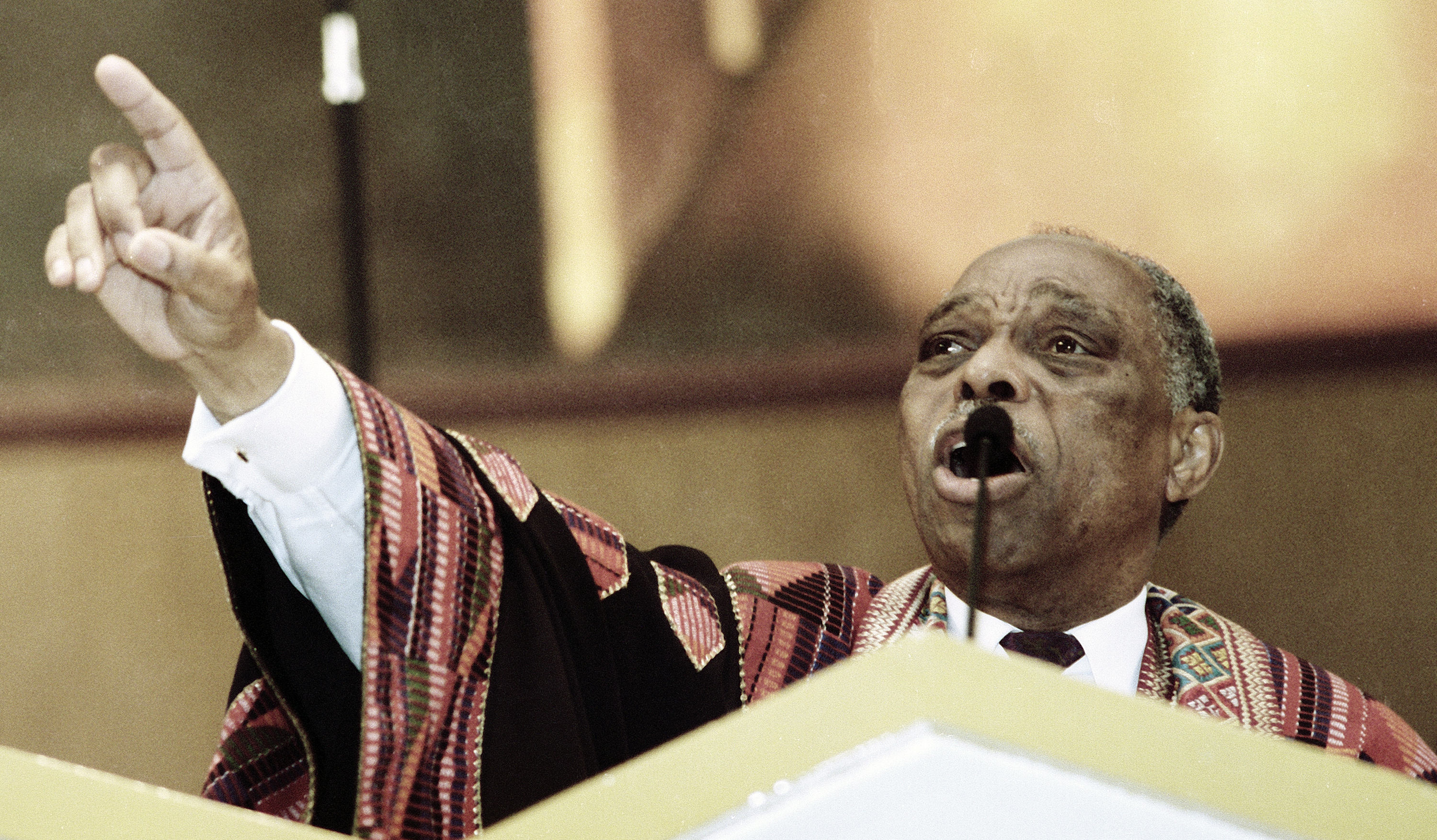Researchers studied the paths of ocean buoys to create a model that represents the projected path of debris created by the tsunami in Japan.
The debris is projected to arrive on the West Coast in about three years. The animation created by the International Pacific Research Center uses a model based on buoys drifting on currents in the Pacific Ocean.
"Our main motivation is just to see where the debris might go," said Jan Hafner, of the IPRC. "It's unprecedented that we would see so much debris released in one day. It's probably better to know where it is and when will it arrive."
The plume will reach the US West Coast, dumping debris on Californian beaches and the beaches of British Columbia, Alaska, and Baja California. The debris will then drift into the famous North Pacific Garbage Patch, where it will wander around and break into smaller and smaller pieces. In five years, Hawaii shores can expect to see another barrage of debris that is stronger and longer-lasting than the first one. Much of the debris leaving the North Pacific Garbage Patch ends up on Hawaii’s reefs and beaches.
Hafner, who created the animation with researcher Nikolai Maximenko, said it's important to look at the mass of colors in the animation as a statistical representation -- red and yellow represent a higher probability of finding debris.
"What we noticed in talking with other people is that there appears to be a huge compact cloud, but that's not the case," Hafner said. "We encountered patches of debris. It depends on how you define cloud. If you fly over the area, you probably wouldn't see much, but you might see a cluster of debris of various sizes.
"All of it will either wash up on a beach somewhere or end up in the garbage patch."
Hafner said it's difficult to determine what that debris will look like when it reaches California in about three years.
Local
Get Los Angeles's latest local news on crime, entertainment, weather, schools, COVID, cost of living and more. Here's your go-to source for today's LA news.
"We expect changes in composition and amount," said Hafner. "I don't expect to find whole cars, but it's better to expect the unexpected."
Researchers said the model will help guide cleanup efforts.
The research was supported by grants from the Japan Agency for Marine-Earth Science and Technology (JAMSTEC), NASA, and NOAA.



